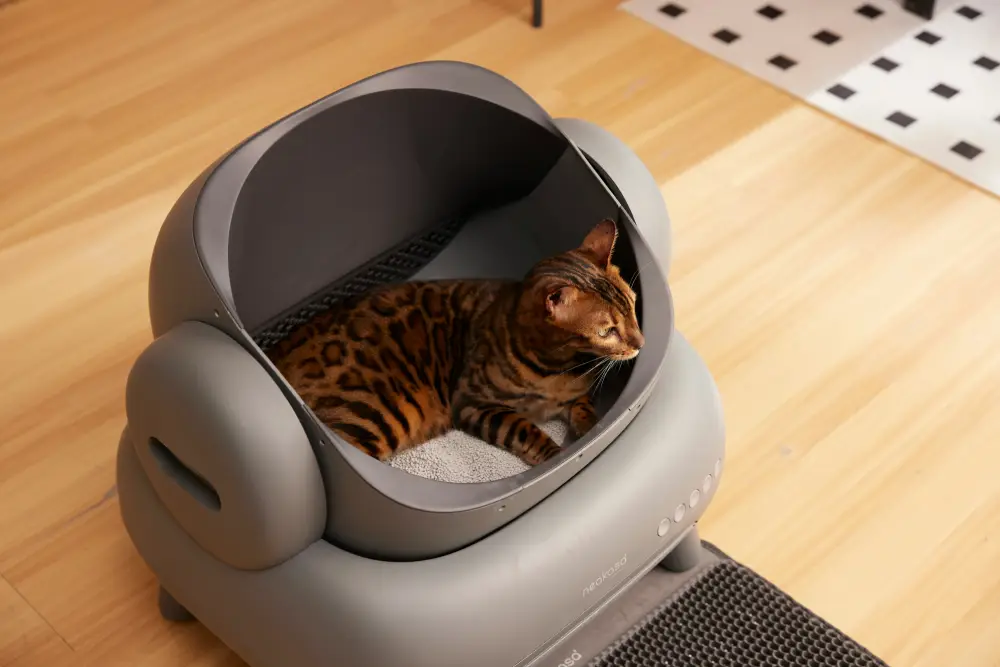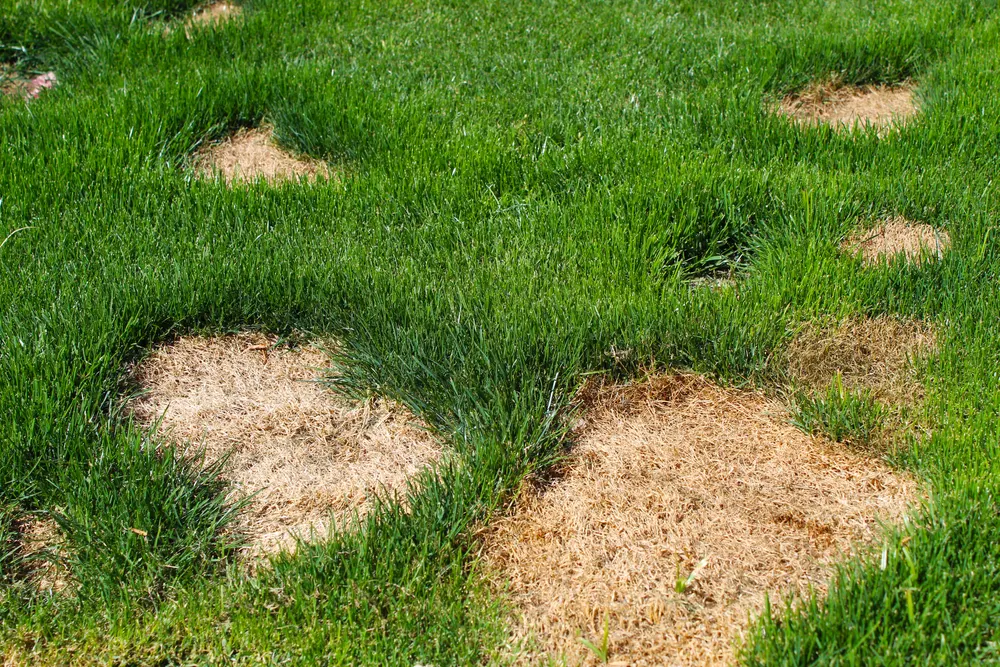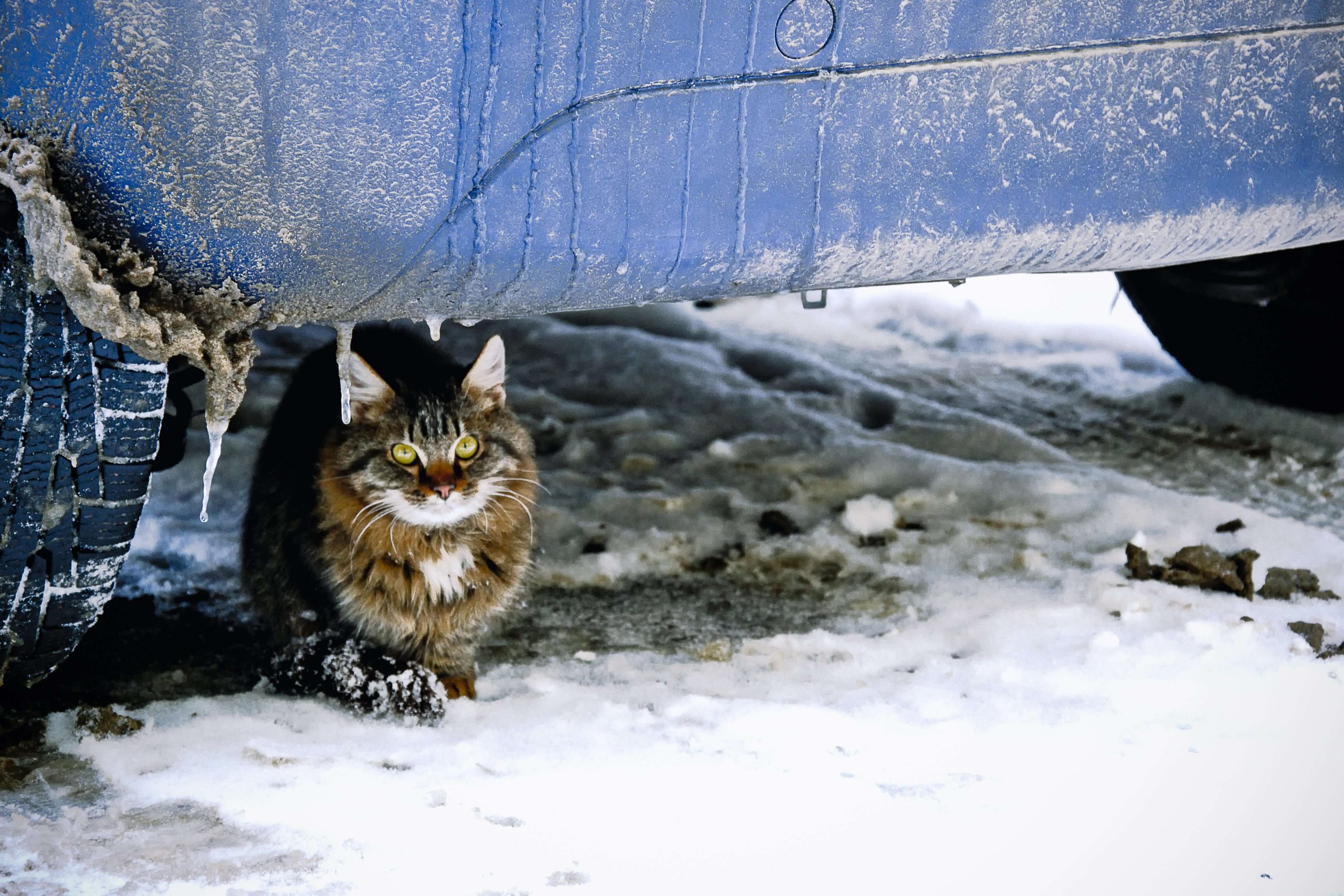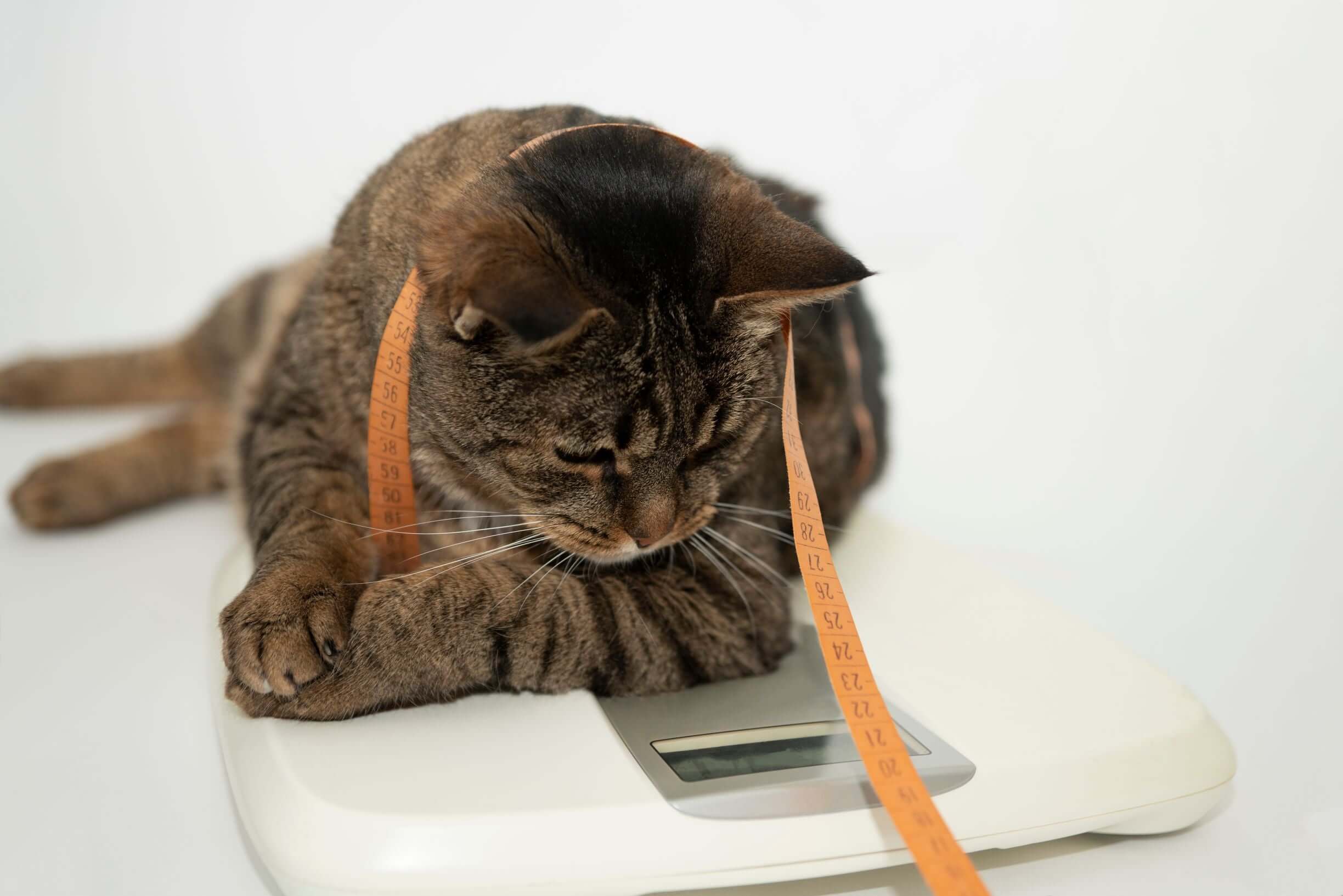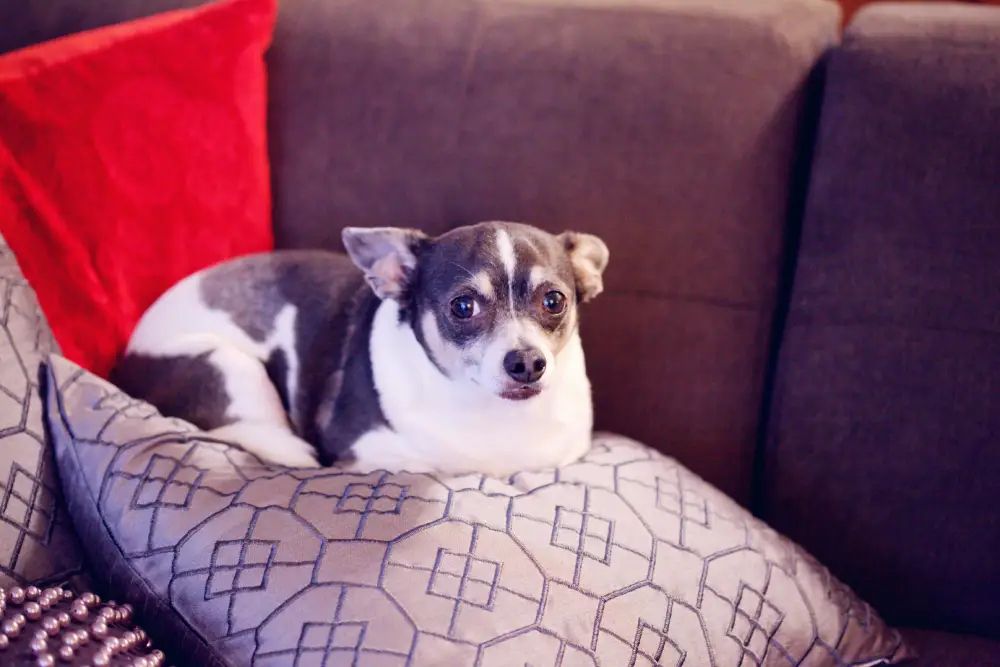
Ninety Percent of Owners Can’t Identify if Their Pet is Overweight, Can You?
November 19th 2020
Overweight pets are sadly becoming the ‘norm’ with a third of UK cats and dogs carrying too much weight. In fact, we are all so used to seeing cuddly cats and portly pooches that as owners we are failing to notice that our own pets may be overweight. Interestingly, when surveyed 90% of owners of overweight cats and 95% of owners of overweight dogs incorrectly identified their pet as a normal weight, this suggests that difficultly establishing when a pet needs to lose weight is a common problem.
However, it seems that most of us do understand that being overweight or obese is a health risk as the PDSA found that 88% of owners knew that being fat could shorten their pet’s lifespan and 60% of owners thought being overweight made their pet less happy – so why are so many of us failing to recognise when our pet is carrying too much weight? Read on to discover how to tell if your pet is a healthy weight, why it is important that they stay lean and how you can keep your canine or feline friend in top tip condition.
Even moderately overweight pets are at risk
Most of us would be pretty shocked to find out our pet was obese. To be obese your pet has to be carrying an extra 20% of their body weight. But what about our pets that are just slightly overweight? Should we be worried about those just carrying a few extra pounds? Actually, yes, we should, in fact studies have shown that even moderately overweight pets suffer from more health conditions than those kept lean, including joint, heart or lung disease and diabetes. They also have a greatly reduced lifespan.
In one lifelong study, Labradors kept at their ideal body condition lived on average 2 years longer than those that were allowed to become moderately overweight. But it’s not just dogs that can suffer. It’s now known that a staggering 90% of cats over the age of 12 suffer from arthritis and being overweight or obese can exacerbate the pain and stiffness associated with this disease. In one study researchers even stated that lameness could be prevented in 34% of cats if they were prevented from becoming overweight.
How can I tell if my pet is the correct weight?
Asking your vet or veterinary nurse for advice is a good start. They may even run special weight clinics (which are often free) to help you keep track of your pet’s weight. However, there are weight guides you can look at too.
As a rough guide you should always be able to easily feel your dog or cat’s ribs, but these should not be visible (you may need to imagine your pet has a short coat). They should have a waistline (abdominal tuck) after the rib cage, rather than their body shape going straight back. We’ve produced a picture guide for dogs to help you and for cats you can use this guide:
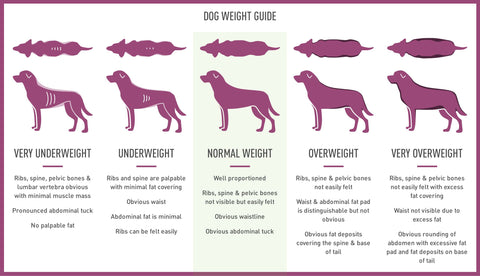
How to help your dog or cat lose weight – don’t worry it’s not as hard as you may think!
If you’ve determined from our guides that your dog or cat could do with losing some weight, don’t be disheartened. It does not mean you have to cut everything out of their diet and suddenly forgo that bedtime snack they’ve always been used to; it just means you need to ‘feed smart’. The single most important thing you can do for your overweight pet (more important than increasing their exercise) is to reduce the number of calories they are eating.
- Try changing your pet to a ‘light’ or weight control diet, which often have added fibre and/or increased protein levels to help satisfy hungry pets and a lower calorie content. Our next article will explain what to look for in these foods specifically.
- Measure out how much food you should be feeding. Use kitchen weighing scales, not measuring cups to be accurate. Give your pet the amount of food they require for the weight they should be (their target weight) not the weight they currently are. We are currently building an online calorie calculator to help you calculate this.
- Try to cut out or cut down on treats and table scraps or swap these for lower fat, healthier options. If you have left over roast dinner try offering your dog a bit of left-over veggies rather than the fatty meat scraps.
- Include the treats in your daily recommended amount of food. Vet’s Kitchen Little Stars are calorie rated treats that tell you how many treats equate to Vet’s kitchen adult dog food, so you can cut down accordingly.
- Instead of treats as reward make mealtimes fun
Feeding your cat or dog from a puzzle feeder can not only make mealtimes more enjoyable for your pet, it means mealtimes can take longer and they can be active while they are eating. You can make your own puzzle feeders too.
Even moderately overweight pets suffer from more health conditions than those kept lean, including joint, heart or lung disease and diabetes.
Alternatively, on a dry day why not hide food around the garden for your cat or dog to ‘hunt’. You can put it under empty plastic plant pots or yoghurt pots. Your pet will need to see you doing this for the first few times to understand what they need to do.
Exercise
When surveyed by the PFMA 70% of dog and cat owners stated that a lack of exercise was the main reason their pet was overweight, however exercise alone without any dietary adjustments will not help your pet to lose weight.
Once, on a weight reduction diet, fed in the right quantities exercise can be really important, especially for older pets to help maintain muscle tone and good circulation.
For dogs walking is essential for mental stimulation as well as physical exercise, where they go and who they meet can be just as important as getting there. Elderly and overweight dogs should do several short walks of 5-10 minutes per day rather than one or two longer walks and elderly or overweight cats should be encouraged to play but only for a few minutes at a time.
There are also many different ways of exercising with your dog such as agility, flyball and cani-cross but overweight pets should be encouraged to slim down a little first and have a vet check before trying anything that could be strenuous for the heart or cause impact to the joints. However, once able to take part in these activities, it should help your dog remain lean and fit.
Swimming can burn calories more quickly than walking but a hydrotherapy pool (rather than a river or the sea) is often recommended for most pets due to the water temperature and safety aspect. Warmer water helps to keep circulation going in the muscles, especially essential if your overweight dog also has joint problems.
Does neutering cause weight gain?
The actual neutering procedure itself (spaying in females and castration in males) does not cause weight gain. However, once neutered it does reduce the animal’s energy requirements by up to 24-33%! Neutering also typically happens between 6-12 months old when the growth rate of young animals is declining, and their energy requirements are naturally decreasing. These two factors mean that dogs and cats need less food, or a lower calorie food after they’ve been neutered to ensure they don’t gain weight.
And finally…
If you think your pet is overweight, don’t be embarrassed to ask for help. The sooner you can help them slim down, the better it is for their health. Don’t take it personally if someone suggests your pet may need to lose weight, as we’ve discussed it can be difficult to take a step back and realise that your pet is carrying a bit too much weight but once you’ve got on top of things you should have a healthier, happier pet.
References:
Takeaways and booze charity reveals the shocking ‘treats’ fuelling the UK’s pet obesity crisis, Feb 2016
Pet Food Manufacturing Association
Wortinger and Burns, 2015 Nutrition and Disease Management for Veterinary Technicians and Nurses, Wiley-Blackwell
Laflamme DVM, PhD, Understanding and managing obesity in dogs and cats, Vet Clin Small Animal 36 (2006) 1283-1295
PFMA Pet Obesity: The Reality in 2009
PFMA Pet Obesity: Five Years On
Association for Pet Obesity Prevention
Photo by Alexander Grey on Unsplash

 Shop Dog
Shop Dog
 Shop Cat
Shop Cat
 Vet Know-how
Vet Know-how Contact
Contact